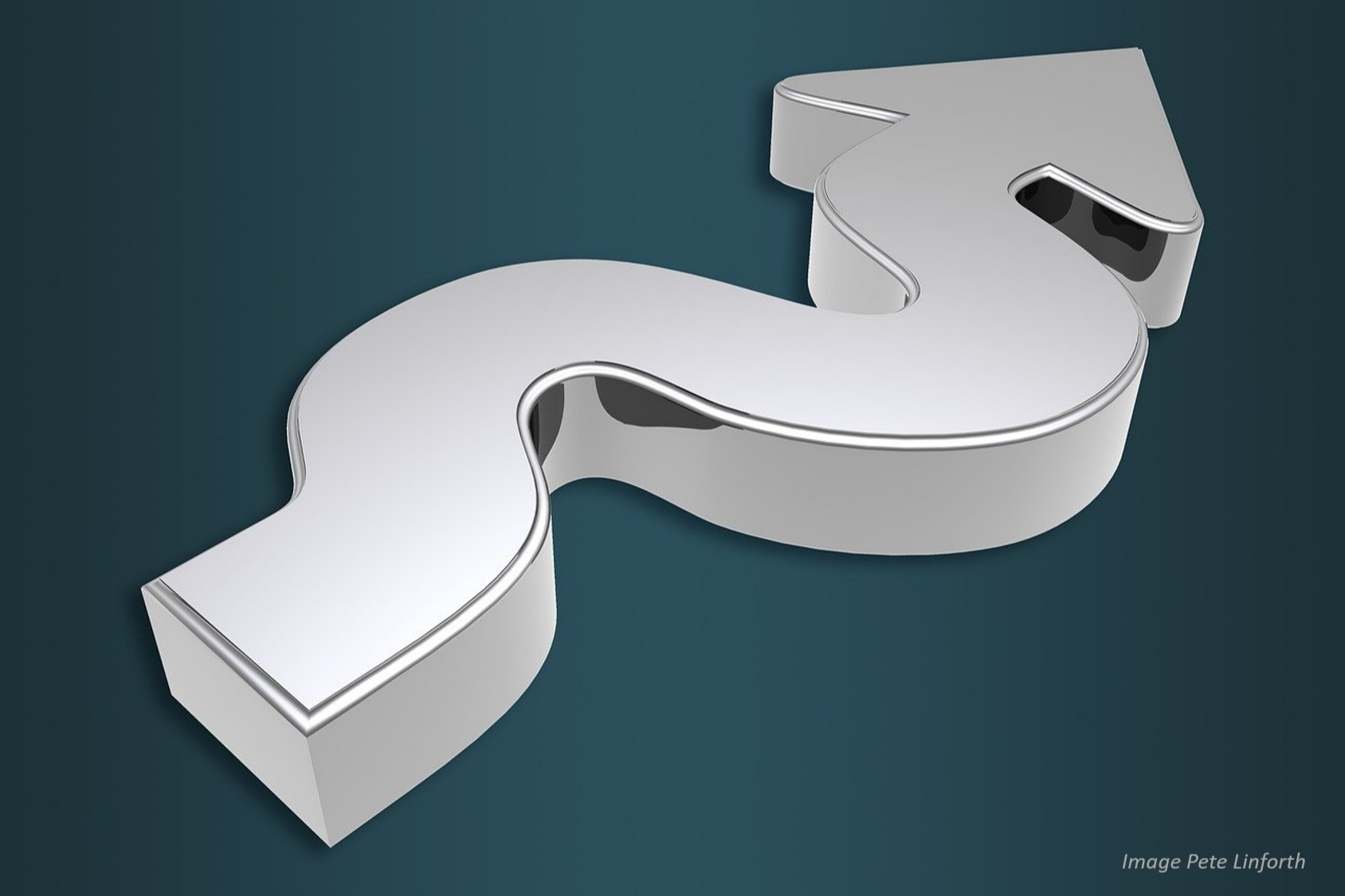

Organizational change is a complex matter. To better understanding and approaching it, it is useful to classify it by kind, looking for differences and similarities between the different types.
TYPES OF CHANGE
We can identify three big categories of change, with different implications and consequences each of them, depending on the moment it happens:
1. Change during crisis times
Organizations going through crisis frequently suffer change. They suffer it as it is normally imposed to them from the outside (the market, regulations, competition). Saint Ignatius of Loyola advised ‘not to move in time of trouble’ but this kind of change is seldom in the own hands of the organizations undergoing it. Quite the contrary, when managers perceive the need for change, the process is already out of their control.
This emergency change, usually traumatic, will probably leave scars in the organizations suffering it and there is value loss in the way. When the magician “turns” a rabbit into a rain of confetti, the audience applauds, but nobody thinks of the rabbit again!
An example that could well fit in this type of change was observed not long ago at DIA, Spanish multinational operating in the discount supermarket field. They went into technical bankruptcy, closing stores and dismissing workers. No one doubts the traumatic nature of this situation for shareholders, workers and other stakeholders.
2. Change to face threats
Companies with adequate strategic management detect storms well in advance and introduce changes in their business models and operations in order to neutralize the threat and minimize its negative impact on business.
Defensive change poses certain difficulties: it must be planned and executed in parallel to continuation of ordinary business, precisely at times when these require the utmost executive attention; on the other hand, when facing a threat in real time, it is difficult or nearly impossible for companies to test different alternatives so they must choose one, with limited information available, between a reduced number of options.
We can observe this type of change, for instance, in two giants of mass distribution in Spain: El Corte Inglés and Mercadona. They introduced changes in their successful models (i.e. reinforcement of online strategies or change in the models of collaboration with strategic suppliers) in the face of the threat of the irruption of competitors such as Amazon or Alibaba.
3. Change during good times
The most beneficial type of change is also the less frequent for various reasons, usually due to the old say: ‘if it ain’t broke, don’t fix it!’.
Nevertheless, in the current social and economic environment, we know that sooner or later we will be forced to change elements in our business that are considered fundamental and almost ‘untouchable’ today.
Management teams with the vision and ability to initiate change in times of growth and prosperity increase the possibilities of intensifying and prolonging their company’s favourable situation over time.
Strategic change is not intended to face threats currently affecting our business. It aims to create and seize opportunities, to generate competitive advantages long before competitors can perceive and fight the threat they pose.
The difficulty of detecting the opportunity and the audacity to invest resources on strategic change are widely compensated for the value it can create and by the low risk it represents. Having more time available to analyse and plan the change, the various alternatives can be tested through pilot programs, without interfering with ordinary business.
It comes to my mind -as a good example of this type of change- the move of IKEA, the Swedish manufacturer and distributor of furniture and household products, entering the furniture rental business (expanding its customer base and acquiring more knowledge of the use of their products so enabling the product improvement and offering a more ecological business model by means of recycling).
EXTERNAL RESOURCES: THE KEY TO SUCCESS OF CHANGE
We have gone through the differences between the three types of change analysed. They also have similarities:
• They require management teams to detect the need for change (avoiding as much as possible the emergency changes).
• They require a timely and objective diagnosis of the elements and the direction of change.
• They absorb a significant amount of a very scarce resource: senior executive capacity, that, simultaneously, must pay attention to running current business.
That is why, in any case, having an adequate external support available in quantity (for the necessary time) and quality (experienced enough) can make the difference between success and failure in the processes of change.
An external senior executive or executive team brings:
• the external view of the company and its environment, unbiased by the adherence to the current strategy.
• the compulsory dedication and focus on the analysis and implementation of change, allowing the management team to focus on the current business while keeping them on the driver’s seat.
• New or unavailable knowledge and skills, so accelerating the implementation and efficacy of the process of change.
Some organizations have embedded change and systematically allocate resources to it, as a key strategic process in their business models. For most companies, having external senior teams available is an excellent alternative to address change at any moment it becomes necessary.
JM Noriega 2025